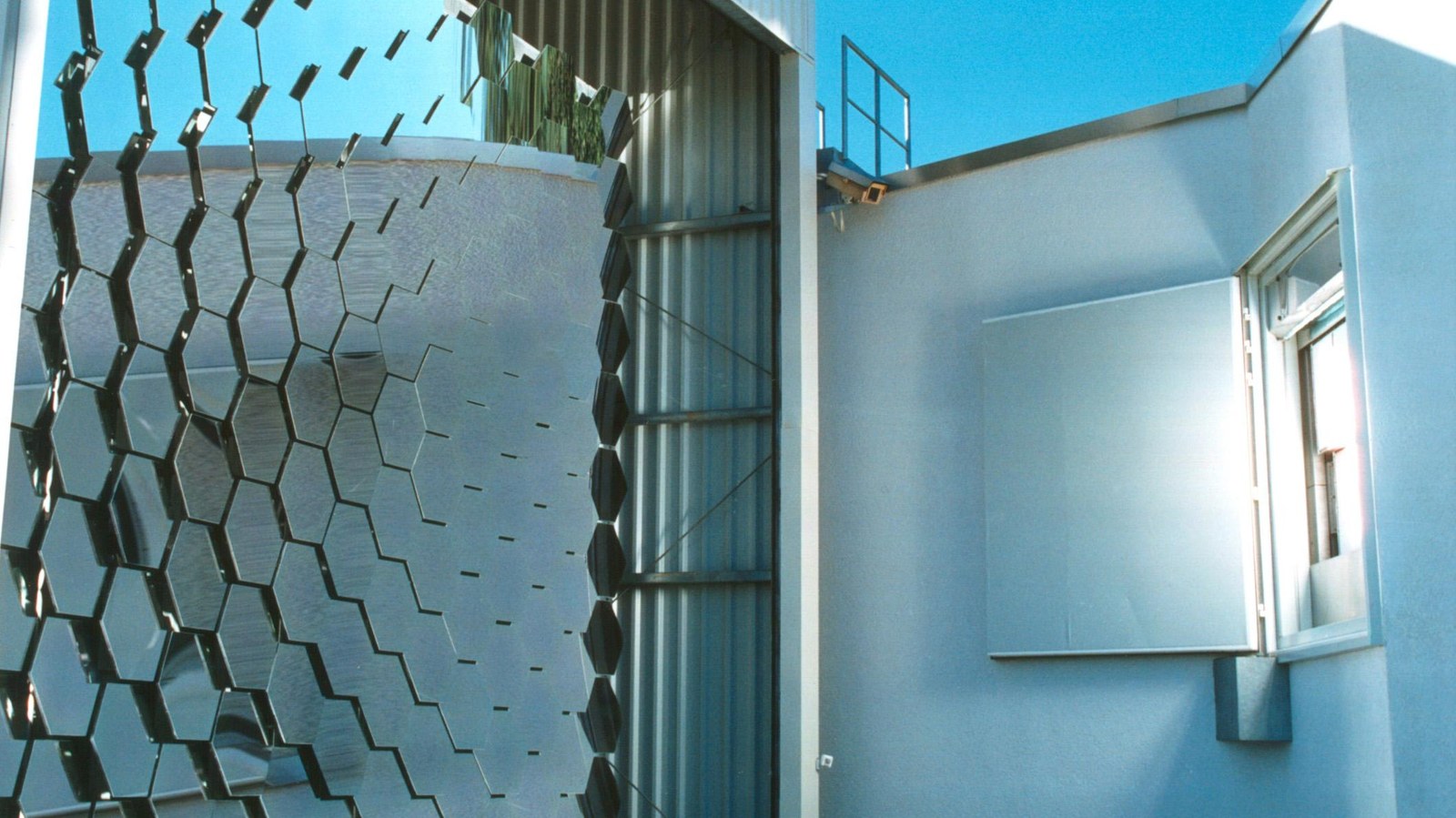German Aerospace Day at DLR – solar energy and a glimpse into the heart of power plant turbines



The German Aerospace Center (Deutsches Zentrum für Luft- und Raumfahrt; DLR) is opening its doors to their laboratories and institutes on German Aerospace Day, offering visitors an insight into the ongoing research. Teaming up with the event partners – the European Space Agency (ESA), Cologne Bonn Airport and the German Air Force – DLR will showcase a major aircraft exhibition alongside the astronaut training facilities in the EAC (European Astronaut Center). A highlight of energy research at DLR is a new test rig for large-scale power plant turbines, on show for the first time at this event. The researchers will demonstrate how energy can be stored efficiently, and how solar power can be used to generate electricity round the clock.
For more information about what is on at German Aerospace Day visit:
- 20 September 2015: German Aerospace Day in Cologne: General information and supporting programme
- Suspended metals and rotating centrifuges: Information from the aerospace sector
- Aircraft and aviation research up close: Information from the aviation sector
Power plants and jet engines of the future
In the high-pressure combustion chamber test rigs at the DLR Institute of Propulsion Technology, the heart of the turbine – the combustion chamber – are tested down to the smallest detail. This is where new concepts for combustion chamber technology ignite for the first time. The tests involve combustion chambers for aircraft engines as well as turbines used to generate electricity in large-scale power plants. The researchers are not just using kerosene, but they are also testing alternative fuels, such as hydrogen. The new, large-scale HBK5 combustion chamber test rig will open its doors to the public for the first time on German Aerospace Day. In a nearby tent, visitors are invited to tour a 3-D virtual engine exhibition. Through virtual reality goggles, the differences between modern and older engines will soon become apparent from the images visible through virtual reality goggles: the facilities are becoming larger and have impressive dimensions.
The power of focused sunlight
How does a solar power plant work? Visitors to the DLR Institute of Solar Research can get an insight into this. The scientists here are working on large-scale solar power plants that use mirrors to capture and focus the Sun’s rays. Beaming sunlight on to one point, for instance through a magnifying glass, produces high temperatures. This thermal energy – up to 500 degrees Celsius – heats water into steam, which is used to drive a turbine. The DLR solar furnace – available for visitors to see on German Aerospace Day – is a research facility used to test and further develop new methods and components for power plants. An approximately 60-square-metre mirror focuses sunlight onto an area measuring 10 by 10 centimetres. Concentrated in this way, the sunlight produces temperatures that could effortlessly melt open a vault. Besides producing electricity, the scientists are also working on methods for the production of fuels, such as hydrogen. Visitors to the event will also be able to view the up to six-metre high parabolic mirrors tested at DLR before their transfer to solar power plants in Spain, the United States, Asia and North Africa..
Particularly valuable: stored energy
To ensure that energy is used efficiently, it is important that it can be stored with minimal loss until it is actually needed. The main area of research for DLR energy research scientists in Cologne focuses on collecting thermal energy from industrial processes and reusing it when needed. For example, high-temperature heat storage can be used in existing gas and thermal power plants, as well as in solar and compressed air energy storage power plants. Scientists from the Institute of Engineering Thermodynamics invite visitors to the CeraStorE building, where they will demonstrate a broad variety of ways in which to store energy in the form of heat and, even, electricity.
Energy to go
Children are invited to build their own pocket warmer in a small plastic bag and take their own energy home. The bags are filled with a type of salt (sodium acetate trihydrate), water and little metal plates, and are then sealed. The pocket warmers are 'recharged' in boiling water at the event, and can be taken home.
Ceramics for more efficient combustion chambers
Ceramic fibre composite materials are just as durable as metallic materials, but have the capacity to withstand substantially higher temperatures and are much lighter. Among other things, they are intended for use in combustion chambers fitted to gas turbines, which will enable an increase in temperature within the chambers without the need for cooling air. The production facilities used in the CeraStorE building to manufacture these materials at the DLR Institute of Material Research are also open to the public.
German Aerospace Day in Cologne
All of the programme highlights, photos and background information can be found on the DLR German Aerospace Day 2015 special site. Instructions on how to get to DLR in Cologne are also available. Use of public transport is recommended, with a free shuttle from the S-Bahn stations already arranged. Entry to all of the exhibitions in the main event area is free.
